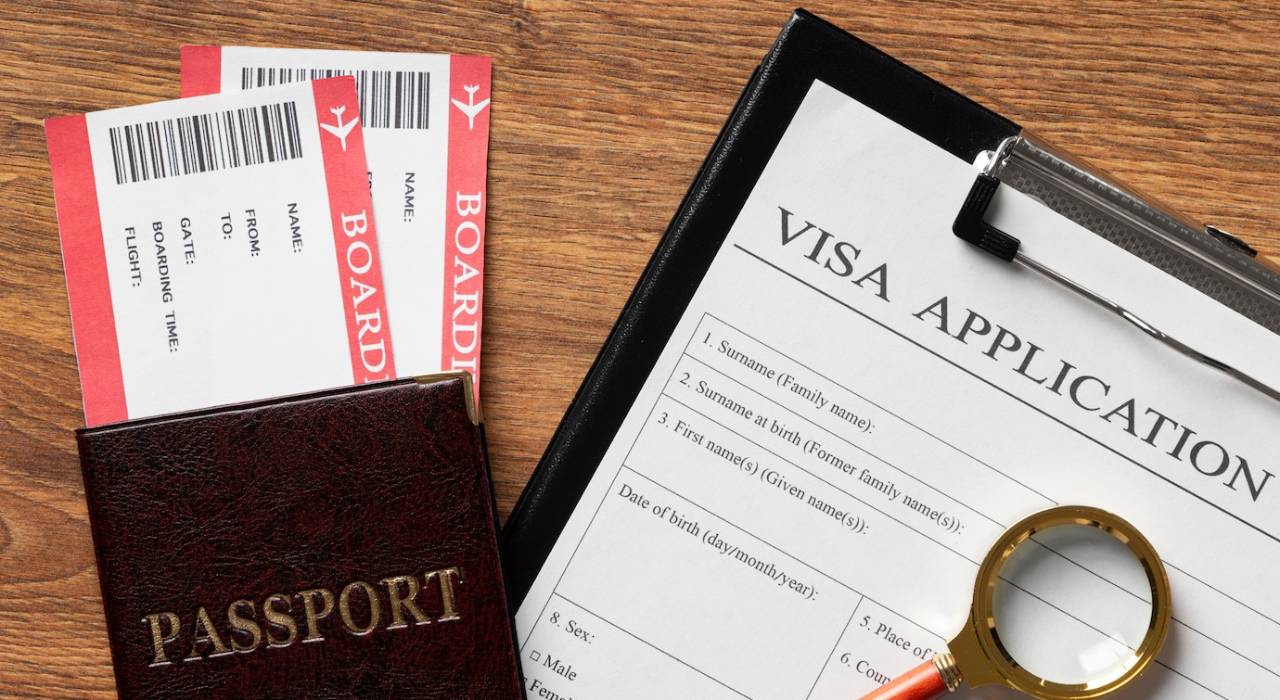
Student Visa:
To begin with, a student visa is specifically issued to individuals planning to pursue education in a foreign country. Its primary purpose is to allow students to enroll in academic, vocational, or language courses at recognized institutions. Furthermore, this type of visa focuses on fostering education and personal development, creating opportunities for individuals to achieve their academic goals.
On the other hand, a work visa is explicitly designed for individuals seeking employment in a foreign country. Not only does it allow the holder to work legally for a specific employer, but it also enables participation in certain industries. Moreover, the primary objective of a work visa is to contribute to the host country’s workforce, ensuring economic growth and fulfilling skill shortages.
By understanding these key distinctions, applicants can better assess which visa aligns with their aspirations and needs.
When it comes to eligibility, student visas and work visas differ significantly, yet both serve distinct purposes and cater to specific needs. Understanding these requirements ensures a smoother application process and avoids unnecessary hurdles.
Student Visa Requirements:
To apply for a student visa, you must fulfill several key criteria:
Work Visa Requirements:
On the other hand, work visas are tailored for individuals seeking employment abroad. To qualify:
Student Visa:
Student visas are typically issued for the duration of the study program, plus an additional grace period. For example, some countries provide an extra 60-90 days after the course ends to allow students to prepare for departure or apply for further stay options.
Work Visa:
Work visas are often tied to the employment contract and can vary in duration. Some are short-term, while others may be valid for several years. Permanent residency may also be an option after meeting specific conditions.
Student Visa:
Many student visas allow limited work opportunities. For instance, students can work part-time during semesters and full-time during holidays. The number of hours permitted varies by country. This option helps students support themselves financially and gain work experience.
Work Visa:
Work visas provide full-time employment rights. Holders can work according to the terms set by the employer or industry regulations. Some work visas also allow the holder’s dependents to work or study in the host country.
Student Visa Application Process:
Work Visa Application Process:

Understanding the advantages and challenges of student and work visas is crucial for making an informed decision. Here’s a closer look at their benefits and limitations:
First and foremost, student visas provide access to world-class education and research opportunities, opening doors to academic excellence. Moreover, they offer a unique chance for cultural immersion, allowing students to connect and network with international peers. Additionally, in some countries, a student visa serves as a pathway to a post-study work visa or permanent residency (PR), which can significantly enhance career prospects.
Conversely, work visas come with several distinct advantages. Firstly, they grant full-time employment rights, enabling higher earning potential compared to student visas. In addition, work visas provide opportunities for significant career growth and skill development in your field of expertise. More importantly, many work visas offer easier and more direct pathways to permanent residency or citizenship, making them an attractive option for long-term settlement.
Understanding the differences between student visas and work visas is vital for planning your international journey. Student visas focus on education and provide limited work rights, while work visas prioritize employment and career growth. Both offer unique opportunities, and choosing the right one depends on your long-term goals. Whether you aim to study or work abroad, being well-informed about visa requirements will help you achieve success.

Transform your dreams into reality with Uniiwish. Your expert guidance for overseas education, visas, and work consultation.
Website Designed with ❤️ by American Webtech